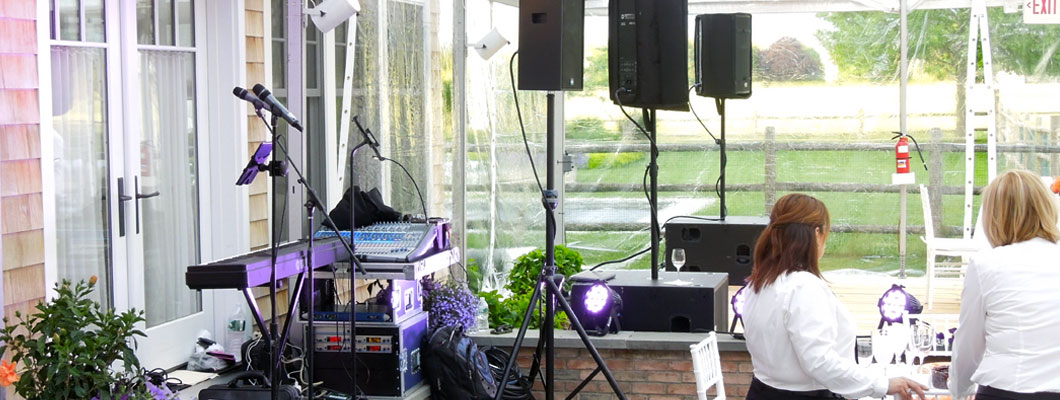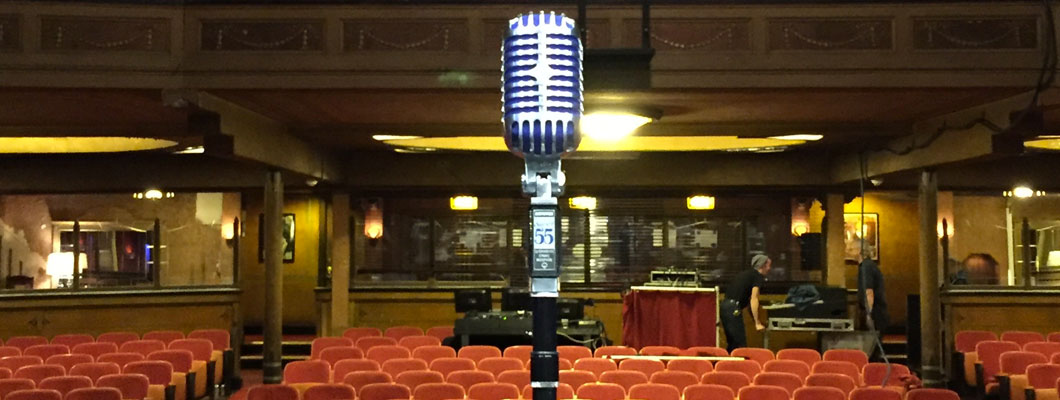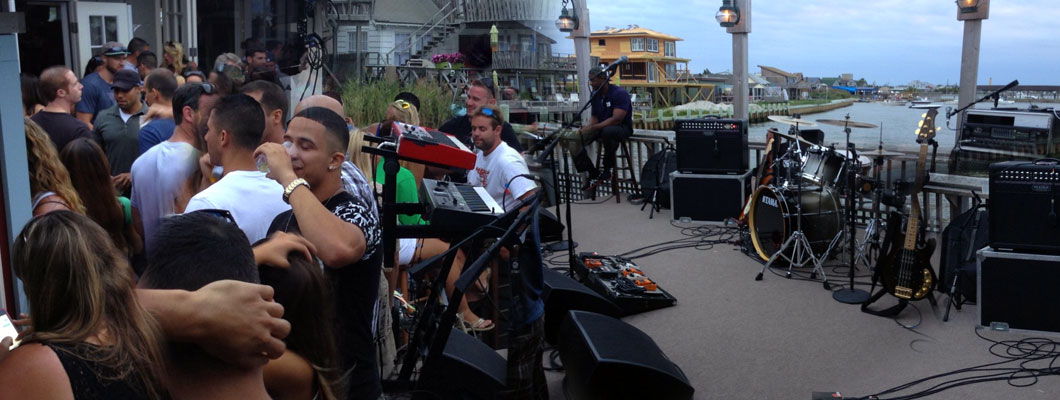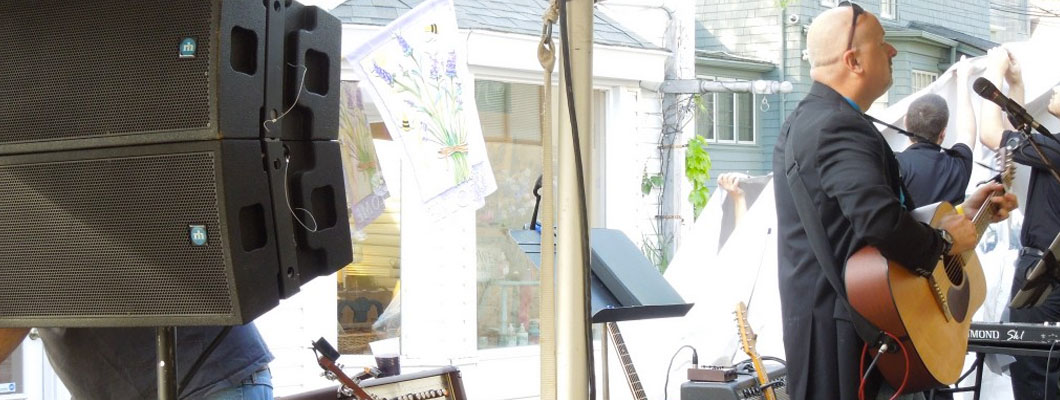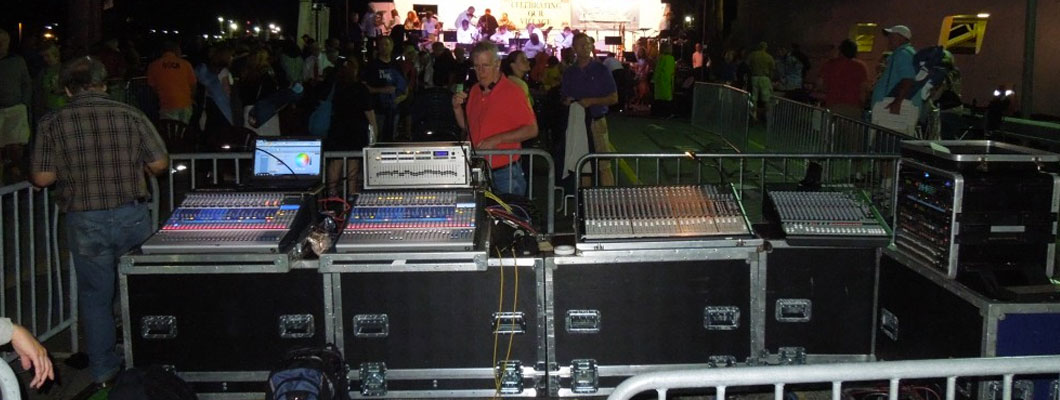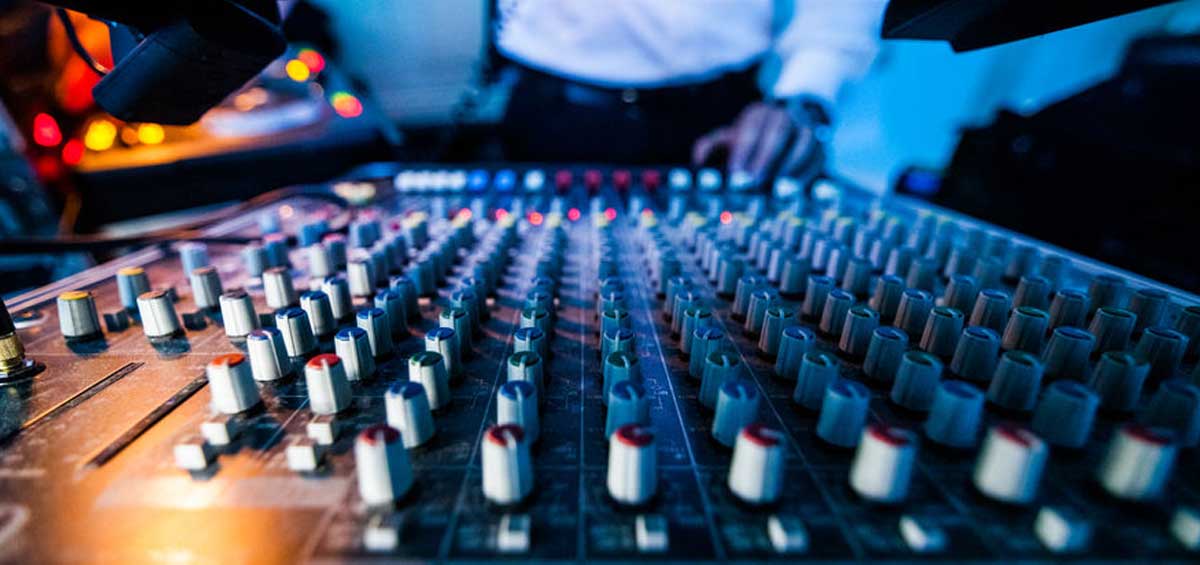 Sound Engineers put the finishing touch on a performance
Sound Engineers put the finishing touch on a performance
The team of people sound engineers work with rely on us to run a good show. Sound engineers design and set up the sound system, the soundboard, build a music mix, mix monitors, position microphones, run line check and sound check and more.
Sound engineers have huge demands and responsibilities when working behind the mixer, so they come prepared with a firm understanding of the concepts behind the board buttons. Once the show is live it’s not uncommon for them to fine tune the mix to remove any uncertainty about volume levels, adjust low end, add warmth to vocal tones, shape instrument tones, ensure levels are correct and sound is mixed well. The room you’re playing will likely add its own characteristics to the natural reverb of the performance, so they make adjustments accordingly.
The music must sound good for the people in the crowd as well as for the performers on stage. To ensure the audience is fully engaged in the show, sound engineers treat the front of house mix differently than the stage mix.
It’s all about the mixing board
The mixing board is the heart of a sound reinforcement system, and is one of the most complex components of a sound system. To get the best performance out of an act and deliver the show effectively, a sound engineer must have a solid understanding of how it works.
The better they understand every part of a mixing board, the better the sound mix sounds. To ensure success, use a checklist designed to be used as a repeatable process every time you’re in charge of audio production.
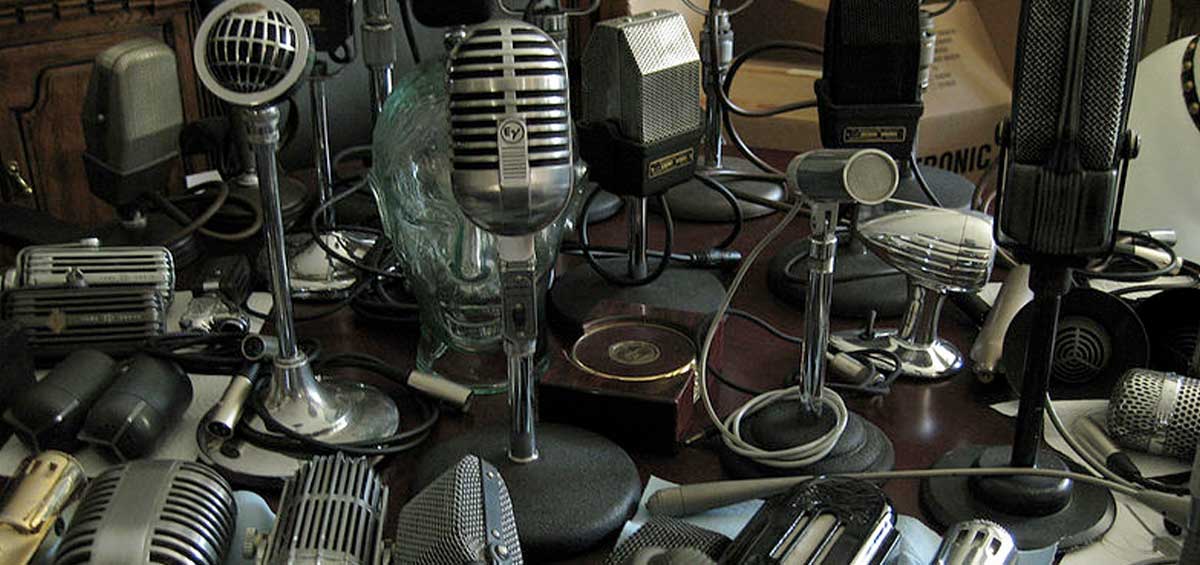 Capture the sound of your voice, especially the subtleties
Capture the sound of your voice, especially the subtleties Having a reliable audio system, staging and backline gear for waterside concerts, festivals, and parties comes with special concerns when the elements threaten to get involved. Outdoor festivals and events around Lower Manhattan and New Jersey may be subjected to unpredictable rain, hail, and high winds that could be disastrous to your equipment. Outdoors shows exposed to the weather are not a big deal if you are prepared. The threat of inclement weather paired with a unique venue may require you to put just as much energy into protecting your sound gear as you did in staging it.
Having a reliable audio system, staging and backline gear for waterside concerts, festivals, and parties comes with special concerns when the elements threaten to get involved. Outdoor festivals and events around Lower Manhattan and New Jersey may be subjected to unpredictable rain, hail, and high winds that could be disastrous to your equipment. Outdoors shows exposed to the weather are not a big deal if you are prepared. The threat of inclement weather paired with a unique venue may require you to put just as much energy into protecting your sound gear as you did in staging it.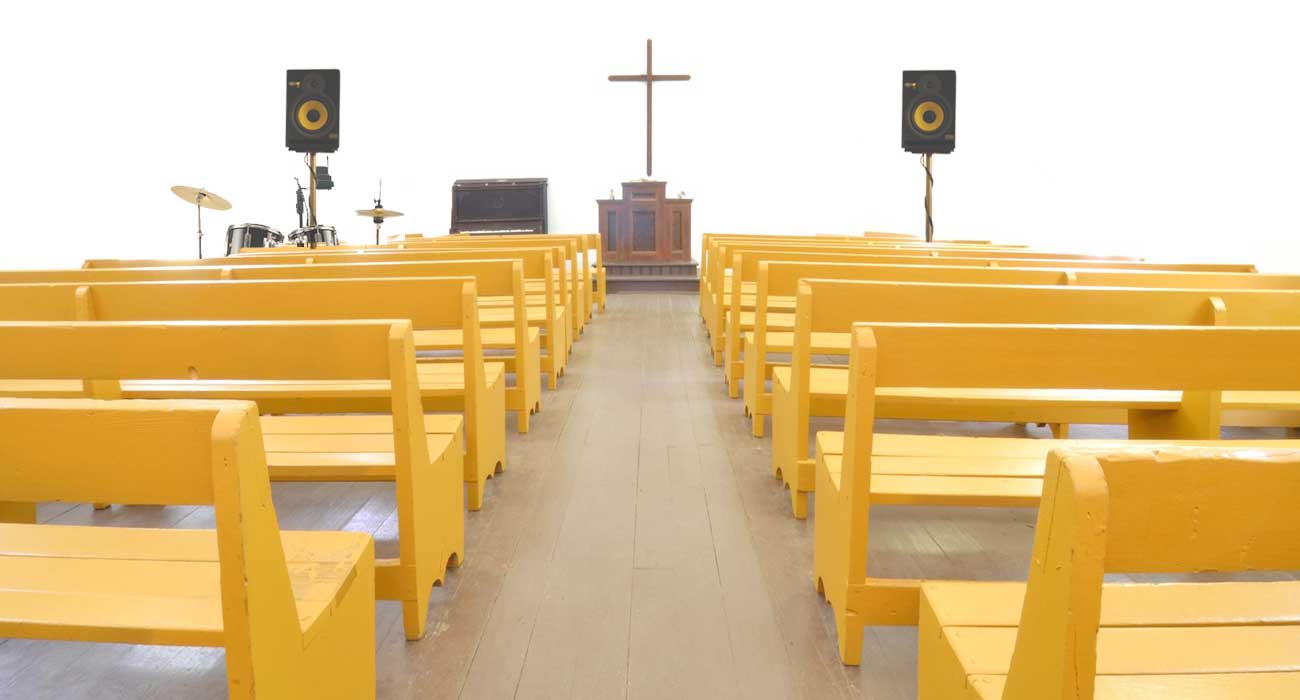 Capture the imagination of listeners and make sure the message is heard
Capture the imagination of listeners and make sure the message is heard Questions to Consider Before You Buy Audio Equipment
Questions to Consider Before You Buy Audio Equipment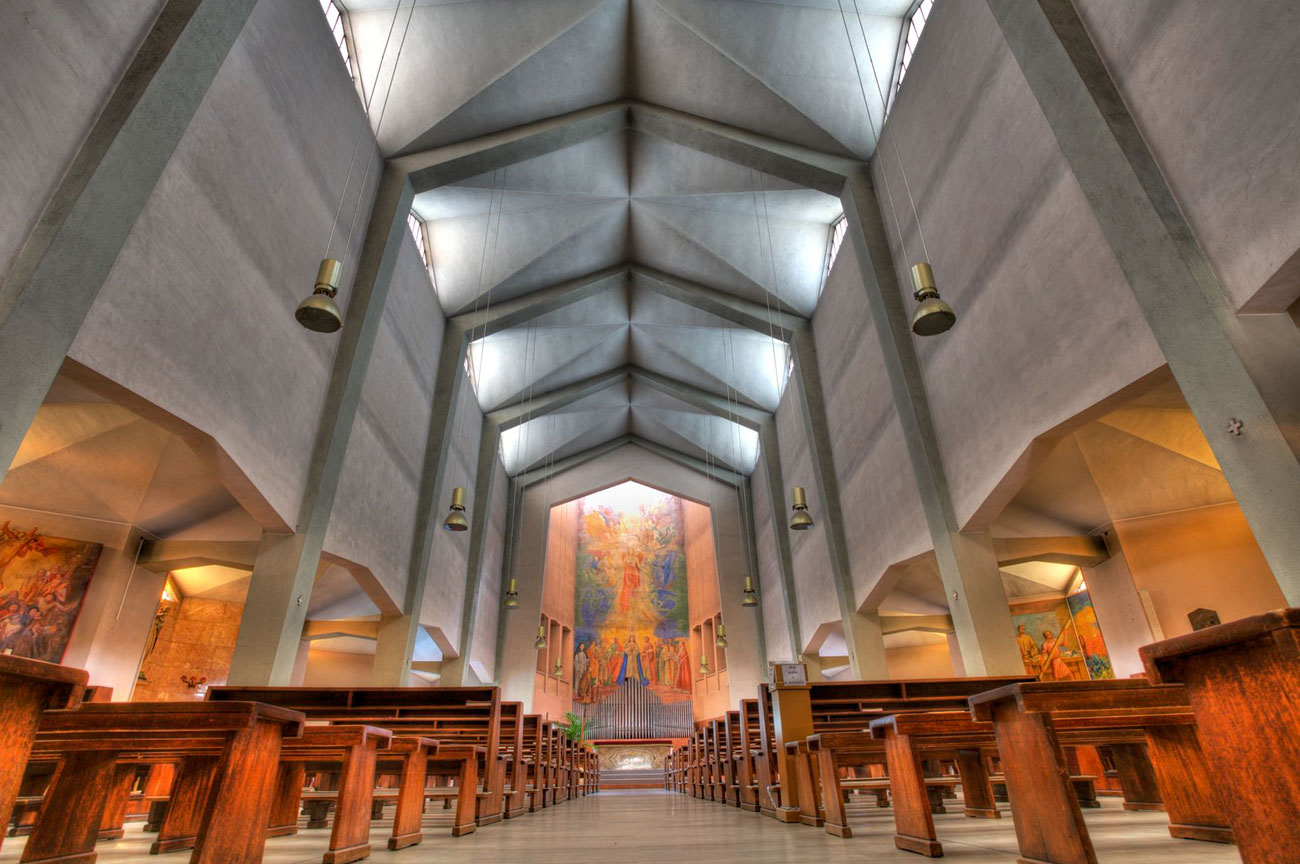

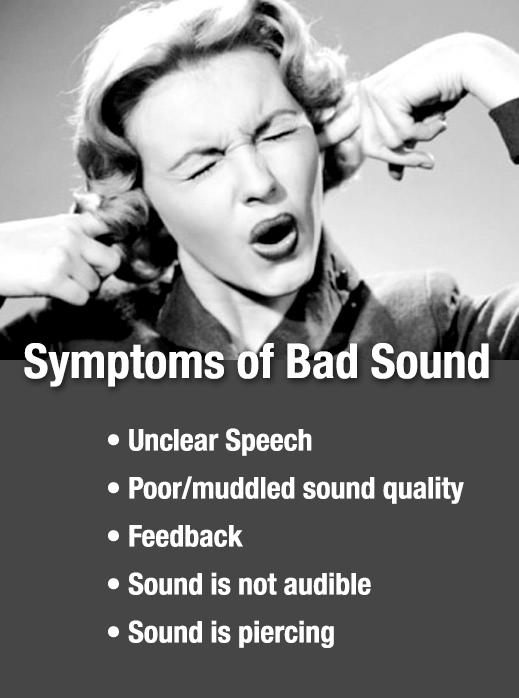
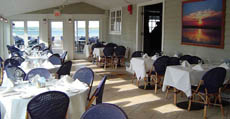 Although it is one of the premier dining and entertainment establishments in the upscale resort villages of the Hamptons, Dockers Waterside went without a fully-integrated professional sound system until only recently. The attractions that draw vacationers, weekenders, and residents to Dockers Waterside include regular live music, two outdoor “living rooms,” three bars, scores of tables that overlook the bay, and, of course, five-star cuisine. Taylor Sound of Holtsville, New York dramatically improved the sound system with a cost-effective and comprehensive Symetrix Zone Mix 761 fixed-architecture processor and the owner and management are enjoying convenient control from their smartphones via Symetrix ARC-WEB.
Although it is one of the premier dining and entertainment establishments in the upscale resort villages of the Hamptons, Dockers Waterside went without a fully-integrated professional sound system until only recently. The attractions that draw vacationers, weekenders, and residents to Dockers Waterside include regular live music, two outdoor “living rooms,” three bars, scores of tables that overlook the bay, and, of course, five-star cuisine. Taylor Sound of Holtsville, New York dramatically improved the sound system with a cost-effective and comprehensive Symetrix Zone Mix 761 fixed-architecture processor and the owner and management are enjoying convenient control from their smartphones via Symetrix ARC-WEB.
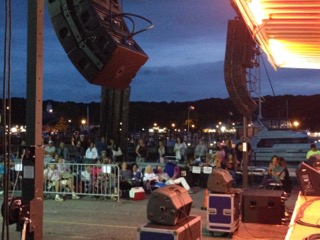 New York, NY – March 2016… In the City that Never Sleeps, concerts and other events are almost a daily occurrence. For concert sound providers, the busy summer season means rarely a dull moment. Long Island-based Taylor Productions is one company taking advantage of that thriving market, with the veteran sound, lighting, and staging company lending their multiple Renkus-Heinz rigs to a full roster of concerts, festivals, and other events.
New York, NY – March 2016… In the City that Never Sleeps, concerts and other events are almost a daily occurrence. For concert sound providers, the busy summer season means rarely a dull moment. Long Island-based Taylor Productions is one company taking advantage of that thriving market, with the veteran sound, lighting, and staging company lending their multiple Renkus-Heinz rigs to a full roster of concerts, festivals, and other events.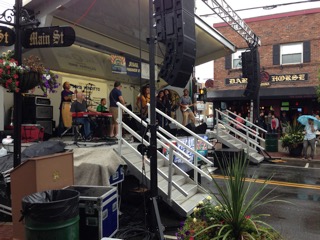 With several Renkus-Heinz systems to work with, Taylor Productions are able to mix and match cabinets to meet the demands of events both large and small. “We’ll pull out the PNX102 rig if the venue is large enough, because I just love the sound of that system,” Taylor offers. “Often for more mid-sized venues we’ll set up a nice CFX101 system – it’s plenty loud enough, and sounds wonderful. If we’re doing a smaller gig like an outdoor cocktail party or a jazz fest — something that requires great fidelity without a whole lot of sound pressure — our PNX82 rig is a perfect fit. I love the fact that you can rotate the horns if you want to. Having that kind of pattern control is essential for outdoor shows where you need to maintain control of sound levels in the neighborhood.”
With several Renkus-Heinz systems to work with, Taylor Productions are able to mix and match cabinets to meet the demands of events both large and small. “We’ll pull out the PNX102 rig if the venue is large enough, because I just love the sound of that system,” Taylor offers. “Often for more mid-sized venues we’ll set up a nice CFX101 system – it’s plenty loud enough, and sounds wonderful. If we’re doing a smaller gig like an outdoor cocktail party or a jazz fest — something that requires great fidelity without a whole lot of sound pressure — our PNX82 rig is a perfect fit. I love the fact that you can rotate the horns if you want to. Having that kind of pattern control is essential for outdoor shows where you need to maintain control of sound levels in the neighborhood.” Setting up a stage for speakers and presenters may seem like an uncomplicated process, however the success of the presentation (and speakers) is subjected to various influences.
Setting up a stage for speakers and presenters may seem like an uncomplicated process, however the success of the presentation (and speakers) is subjected to various influences.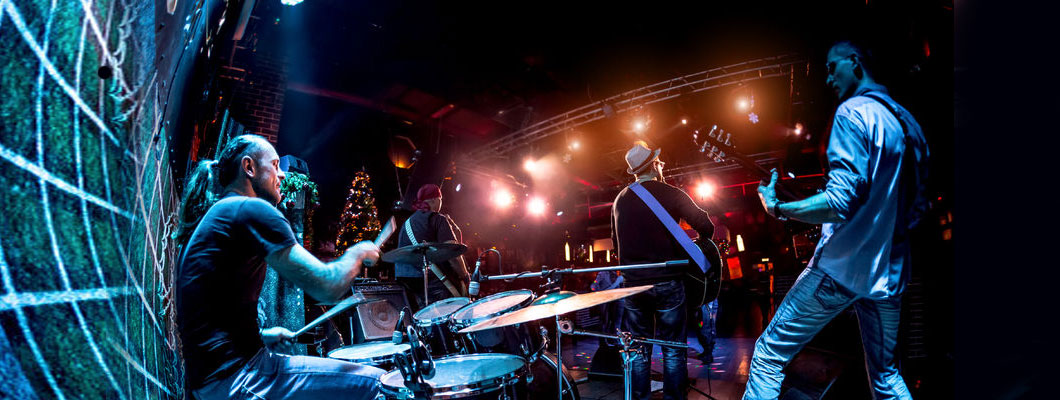 When it comes to choosing the correct microphone for your next indoor or outdoor event, consider a wireless microphone to provide the power to reach—and touch—your audience.
When it comes to choosing the correct microphone for your next indoor or outdoor event, consider a wireless microphone to provide the power to reach—and touch—your audience. They are especially useful in programs that have questions and answer sessions at the end of the presentation. If you have a wired microphone, moving will not be easy; with a wireless microphone — problem solved.
They are especially useful in programs that have questions and answer sessions at the end of the presentation. If you have a wired microphone, moving will not be easy; with a wireless microphone — problem solved.